Let’s be honest—babies put everything in their mouths. Teething rings, stuffed animals, that toy they dropped on the floor five times in a row... it all goes straight in. That’s why knowing how to clean baby toys the right way is a must. Germs, drool, and even leftover food can build up quickly, and before you know it, your little one’s favorite rattle is a bacteria magnet.
But the good news? Keeping toys clean doesn’t have to be complicated or time-consuming. In this guide, we’ll break down how often to do it and the easiest (and safest) ways to get the job done—without overthinking it.

Why It’s Important to Clean Baby Toys
Baby toys go through a lot—tummy time on the floor, trips to the park, and plenty of time in your little one’s mouth. It’s all part of how babies explore the world. But with all that action, toys can quickly pick up dirt, drool, and germs that you can’t always see.
Cleaning baby toys regularly helps reduce the spread of bacteria, viruses, and even mold, especially if toys are shared with other children or dropped in less-than-clean places. Babies have developing immune systems, so what might be harmless to an adult can be riskier for them.
And let’s not forget the teething stage—when just about everything becomes a chew toy. That makes it even more important to make sure the things your baby’s mouthing are actually clean.
Keeping toys clean isn’t just about germs, though. Sticky buildup from milk, food, or formula can attract more dirt over time, making toys harder to clean later and less pleasant for your baby to play with.
So, whether it’s a soft plushie or a hard plastic rattle, giving baby toys a regular clean helps protect your child’s health—and gives you peace of mind.
How Often Should You Clean Baby Toys?
How often you should clean baby toys really depends on how your baby uses them—and what kind of toy it is. Some toys get a lot more action (and drool) than others, so they’ll need to be cleaned more frequently.
Here’s a simple breakdown to help guide you:
- Toys that go in your baby’s mouth (like teethers and rattles): Clean daily or after each use, especially if they’ve been dropped.
- Soft toys and stuffed animals: These can usually be cleaned once a week or as needed—unless they’ve had a run-in with spit-up or other messes, in which case, toss them in the wash sooner.
- Bath toys: Since they sit in water and can easily trap moisture (hello, mold!), rinse and dry them after every bath, and give them a deeper clean weekly.
- Shared toys: Give them a thorough clean the same day to prevent passing germs back and forth.
- Toys used outside or in public places: Wipe them down right after you get home. They pick up plenty of germs from park benches, shopping carts, and restaurant floors.
And if your baby has been sick, it’s a good idea to clean all their frequently used toys once they’re feeling better. A quick refresh helps prevent germs from lingering and reduces the risk of spreading illness to others—or getting sick again.
In short, there’s no need to go overboard every day, but a little routine cleaning goes a long way in keeping your baby’s playthings safe and sanitary.
How to Clean Baby Toys
When it comes to cleaning baby toys, one size doesn’t fit all. The best method depends on the toy’s material, whether it has batteries, and—let’s be honest—how sticky it is today. Use the quick guide below to match each toy with a safe, no‑fuss cleaning routine.
Hard Plastic & Silicone Toys (Without Batteries)
These are the easiest to clean:
- Check labels first. If the toy says, “dishwasher safe,” the top rack is your friend.
- Hand-wash option: Mix a sinkful of warm water with a few drops of fragrance-free dish soap.
- Scrub, rinse, repeat. Use a soft brush to get into grooves, then rinse thoroughly.
- Air-dry completely on a clean towel—moisture left inside can invite mold.
Plush & Stuffed Animals
Most modern plush toys can go right into the washing machine but remove loose accessories first. Here’s how to wash baby toys:
- Use gentle cycle, cold water, and mild, baby-safe detergent.
- Place toys inside a mesh laundry bag or pillowcase to protect seams.
- Dry on low heat or air-dry in the sun; high heat can warp plastic eyes or noses.
For surface-clean only toys (with electronics or delicate trims), use a damp cloth and a dab of baby-safe soap. Blot, don’t soak.
Wooden Toys
Wood is porous, so you don’t want to soak these. Instead:
- Wipe with a damp cloth dipped in a 1:1 mix of distilled white vinegar and water.
- Tough grime? Make a paste of 1 tablespoon baking soda + a few drops of water, gently rub, then wipe off with the vinegar solution.
- Dry right away with a soft towel, then let air-dry fully to keep the wood smooth.
Electronic or Battery-Operated Toys
These days, a lot of baby toys—especially the multi-sensory ones that light up or play sounds, like the Alilo baby rattle that also works as a mini music player—run on batteries. Naturally, you’ll want to avoid soaking these in water. To clean:
- Remove batteries and close the compartment.
- Surface-wipe with a cloth lightly moistened with soapy water or a baby-safe cleaning wipe.
- Avoid sprays—liquid can seep into circuits.
- Dry with a clean cloth before reinstalling batteries

Bath Toys
Let’s not forget those bath toys.
- Rinse after every splash session to wash away soap scum.
- Weekly deep clean: Soak toys in a 1:1 vinegar-and-water bath for 15 minutes, then squeeze out any water trapped inside.
- Sun-dry or towel-dry—especially toys that squirt water—so mold doesn’t get cozy.
What to Avoid When Cleaning Baby Toys
Even with the best intentions, a few common cleaning “shortcuts” can do more harm than good. Keep these pitfalls on your no-go list:
Harsh Chemicals Like Bleach or Ammonia
These include not only straight bleach or harsh household cleaners, but also antibacterial wipes with alcohol or ammonia.
While they do a good job of killing germs, they can leave behind strong fumes or chemical residue that’s not safe for babies—especially when toys end up in their mouths.
If you have to use something stronger, it should be in very diluted amounts and rinsed extremely well. Otherwise, stick with gentler alternatives like vinegar or baby-safe disinfectants.
Submerging Battery-Operated Toys
Even if they look sealed, water can sneak in and damage electronics or create a short circuit. Always surface-clean electronic toys and keep the battery compartment dry and tightly closed.
Hot Water on Delicate or Soft Toys
Very hot water can shrink fabric, fade colors, or ruin plush fillings. Use cool or warm water for stuffed animals unless care instructions say otherwise.
Skipping the Rinse
Even mild soaps can irritate your baby’s skin or stomach if there’s leftover residue. Always rinse well after washing—especially for toys that go in the mouth.
Not Drying Toys Completely
Trapped moisture, especially inside bath or squeeze toys, can lead to mold and mildew. Make sure everything is fully dry before handing toys back to your baby.
How to Disinfect Baby Toys Properly
Cleaning removes visible dirt; disinfecting takes the extra step of killing lingering germs—especially useful after playdates, illness, or a diaper blow-out. Here are fool-proof, pediatrician-approved ways to tackle it:
Diluted Bleach Solution
Best for: solid hard-plastic toys (blocks, stacking rings, bath cups), rubber bath toys that don’t take on water, highchair trays, and plastic teething keys—anything you can safely dunk and that has no electronics or fabric parts.
How to do it:
- Pre-clean first. Dirt and sticky residue block disinfectants from reaching bacteria. Give toys a quick wash with warm soapy water, then rinse.
- Mix 1 tablespoon of unscented household bleach with 1 gallon (16 cups) of water in a clean basin or bucket. This 0.1% solution is CDC-recommended for sanitizing baby items.
- Completely submerge the toy or wipe every surface with a clean cloth soaked in the solution.
- Let the bleach solution stay on the toy for at least 2 minutes.
- Rinse thoroughly under running water until there’s no bleach smell.
- Air-dry on a clean towel; be sure cavities and crevices drain fully before you give the toy back to your baby.
Hydrogen Peroxide (3%) Spray
Best for: toys you can’t submerge—battery-operated plastic toys, finished wooden blocks, wooden rattles, stroller handles, and play-gym arches. It’s also handy for quick disinfecting between playdates.
How to do it:
- Wipe off dirt with a damp, soapy cloth and dry.
- Pour plain 3% hydrogen peroxide into a spray bottle (no need to dilute).
- Lightly spritz every side of the toy until it’s visibly wet.
- Leave it to sit for about 5 minutes so the peroxide can do its work.
- Wipe away any excess with a clean, damp cloth.
- Let the toy air-dry—peroxide breaks down into water and oxygen, so no harsh residue is left behind.
Steam or Boiling Water
Best for: solid silicone teethers, one-piece pacifiers (check the package), and certain high-heat-resistant plastic toys labeled “dishwasher-safe” or “boil-safe.”
How to do it:
- Inspect the toy for any cracks that could trap water; discard if damaged.
- Bring a pot of water to a rolling boil.
- Drop the toy in and keep it fully submerged for 3 minutes (use kitchen tongs to avoid splashes).
- Lift it out, drain excess water, and place on a clean towel to cool and dry completely.
- If you have a bottle-sterilizer or countertop steamer, follow the same three-minute rule unless the manufacturer specifies otherwise.
A refresh like this isn’t needed daily, but working it into your routine—say, once a week or after your baby has been sick—keeps their playthings safer. Combine these steps with your regular cleaning habits, and you’ll master how to clean baby toys from top to bottom, germs and all.
Conclusion
Keeping your baby’s toys clean doesn’t have to be a daunting task—it’s all about building a simple, consistent routine. By understanding how to clean baby toys, how often to do it, and what to avoid, you can ensure a healthier play space for your child. Whether it’s a quick wipe-down or a thorough disinfecting session, these habits go a long way in preventing the spread of germs and protecting your baby’s health.
FAQs
Can I put baby toys in the dishwasher or washing machine?
Yes, many hard plastic or food‑grade silicone toys without batteries or electronic components can safely go in the dishwasher, especially on the top rack using a gentle cycle. Soft toys like stuffed animals are often machine-washable on a delicate cycle with mild detergent. Always check the manufacturer’s label first to avoid damaging the toy or reducing its safety for your baby.
Are disinfecting wipes safe for toys?
Some are. Look for wipes labeled safe for baby items or food-contact surfaces. After using any disinfecting wipe, always rinse or wipe the toy with water and let it fully dry before giving it back to your baby—especially if the toy goes in their mouth.
How can I tell if a toy is dishwasher-safe?
Check the packaging or molded symbols on the toy—look for a tiny plate‑and‑water‑spray icon, the words “dishwasher‑safe,” or care instructions that mention the top rack. Manufacturers usually include these if the plastic or silicone can handle high temperatures. In the absence of clear labeling, assume only hard, one‑piece plastics without paint, batteries, or glued parts might be safe, and when in doubt hand‑wash in warm soapy water to avoid the risk of warping, fading, or hidden water ingress.
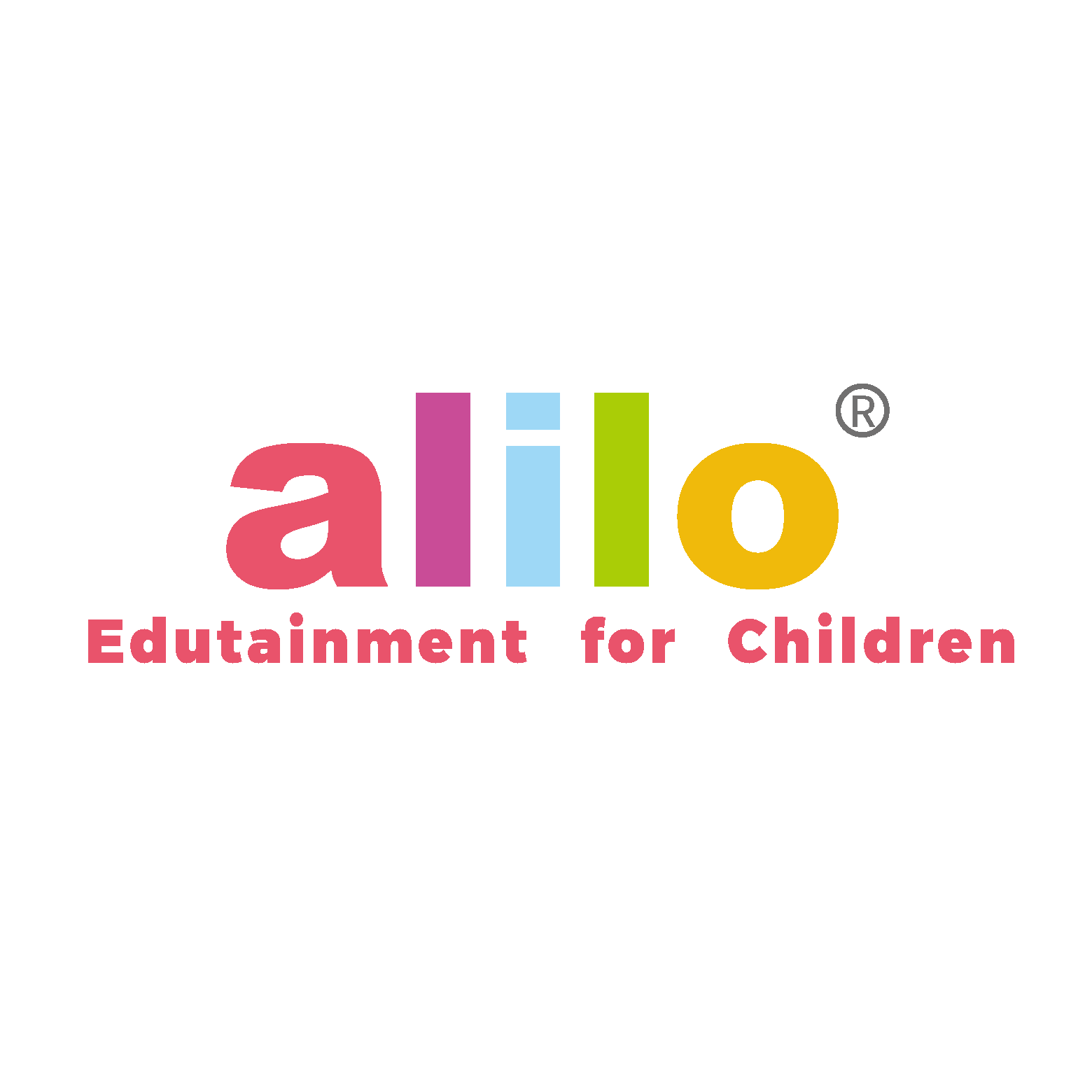
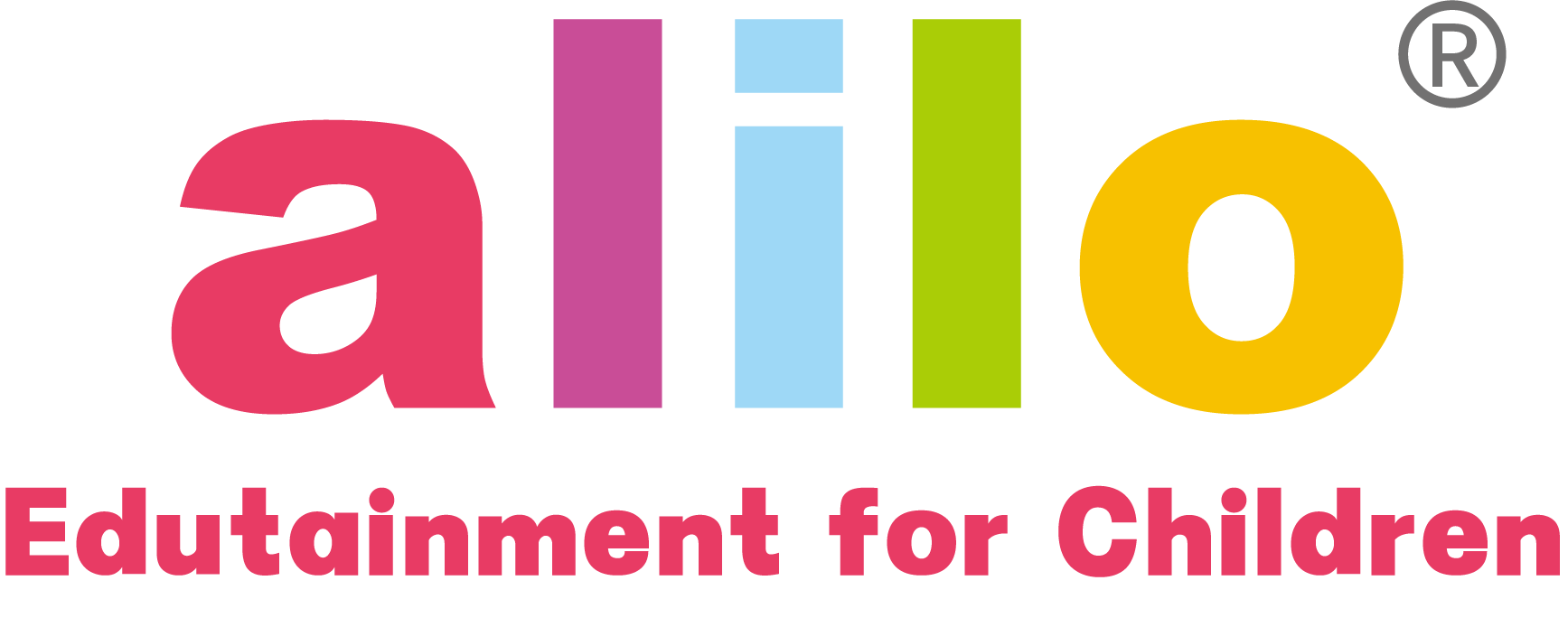
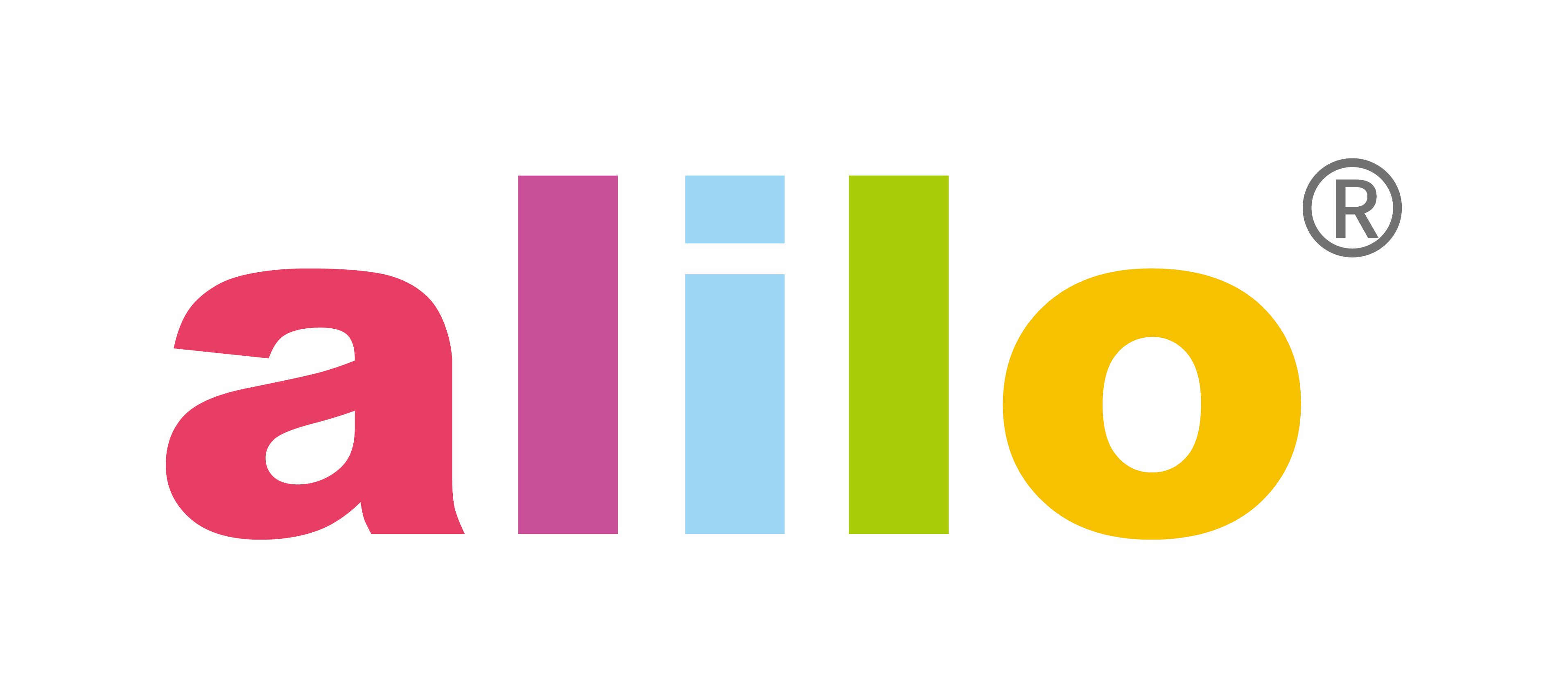
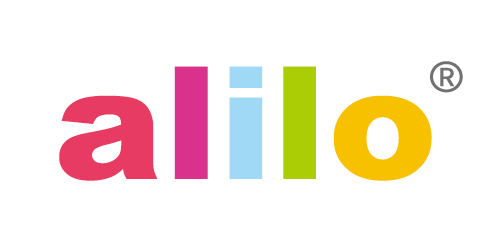
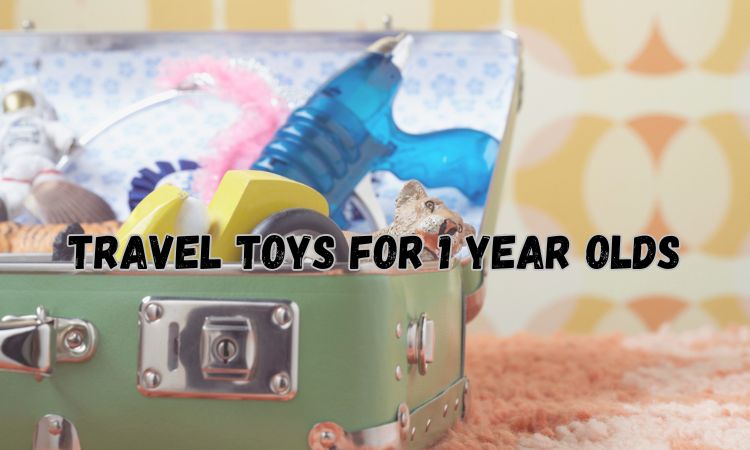
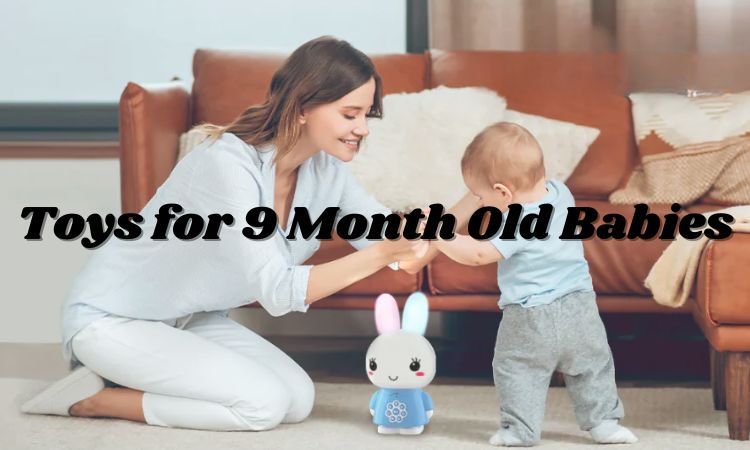
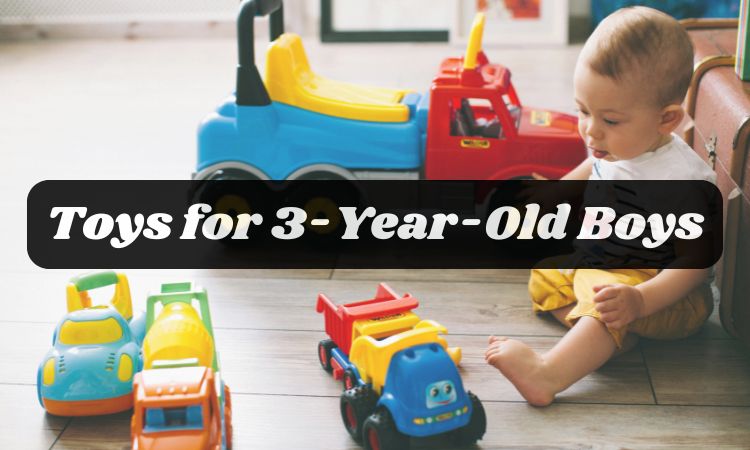
Share and get 5% off!
Simply share this product on one of the following social networks and you will unlock 15% off!